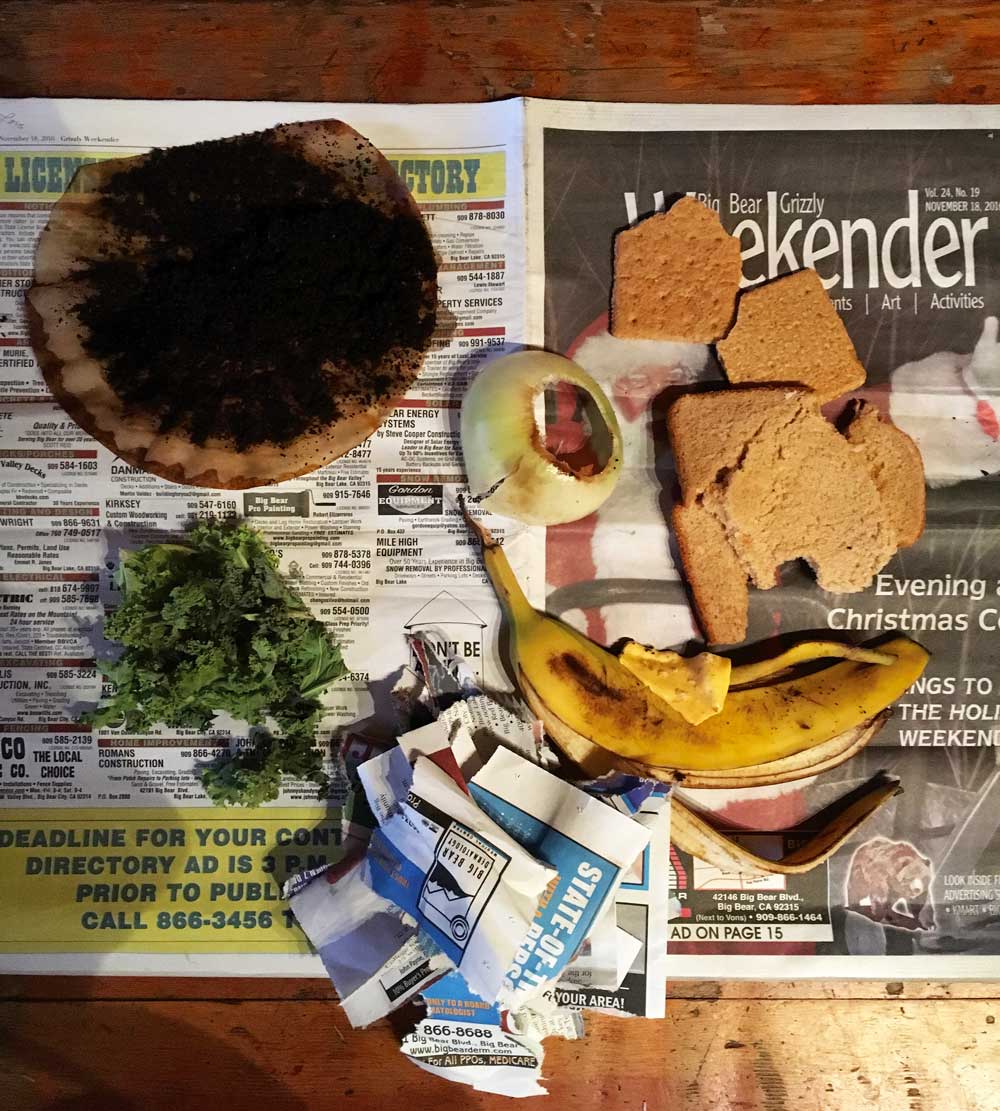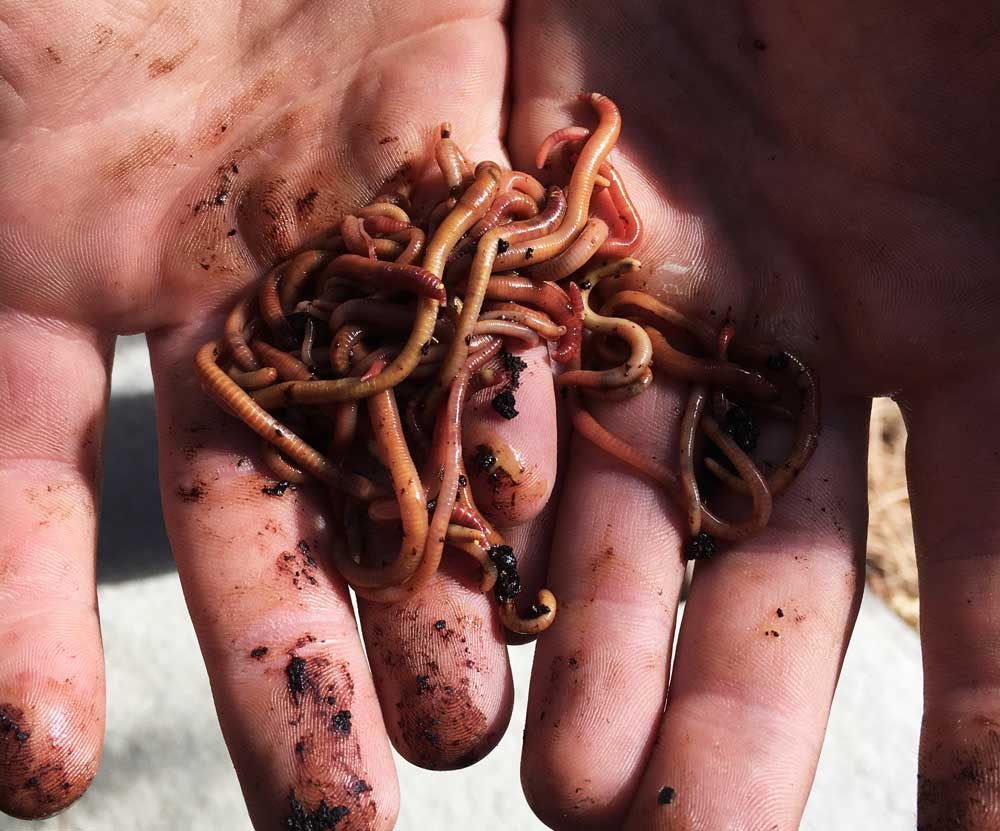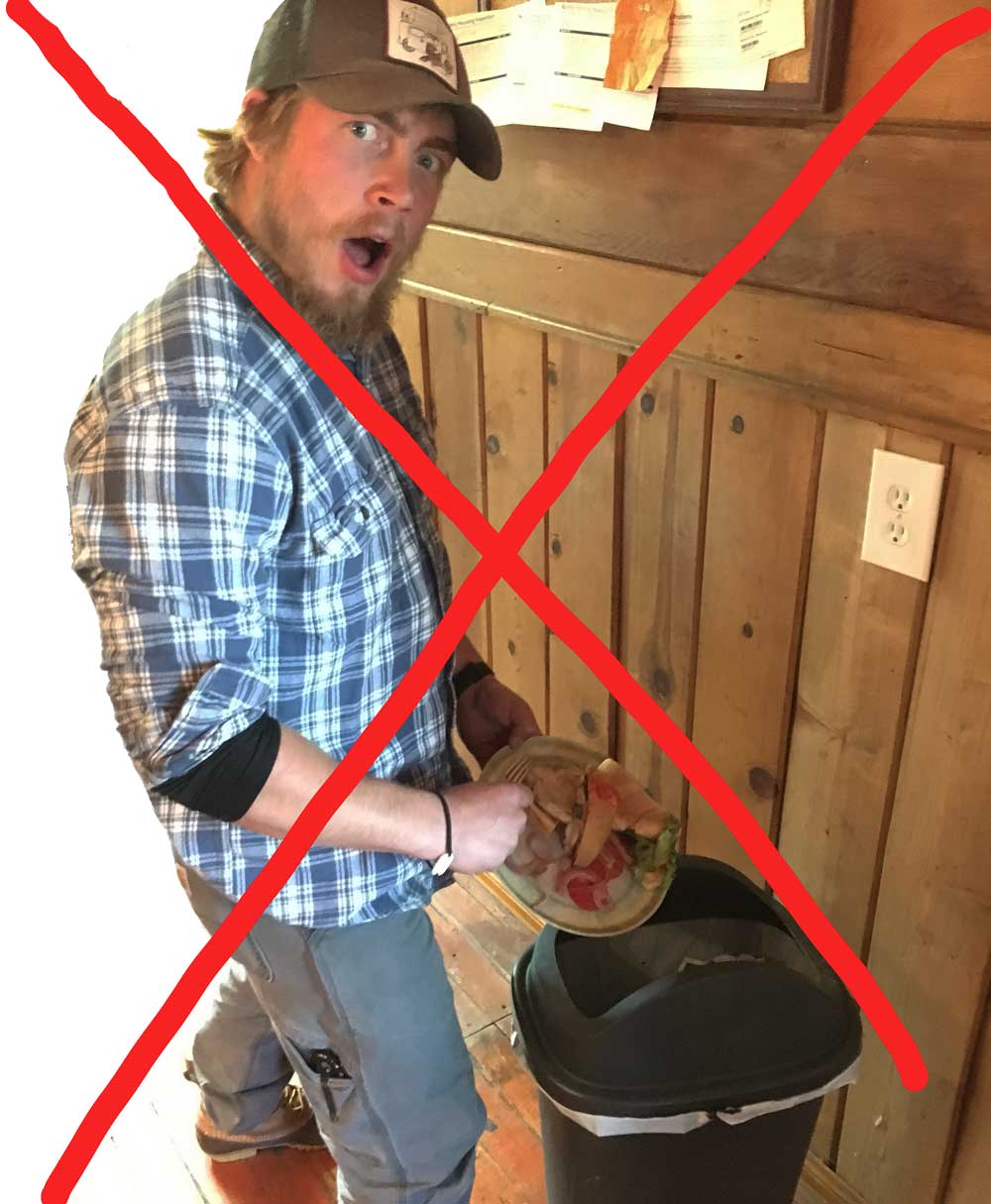At the end of my Environmental Awareness class, I pose the question ”What will you do back home to do your part in conservation?” Now these students are not wrong when they say they’ll turn off the water when brushing their teeth or turn out the lights when leaving their room, but what if I told you that there was another easy and fun way to help the environment? A way that involves getting your hands a little dirty, getting your old recycling bins a little smelly, and reduces, reuses, and recycles all at the same time.
 Composting!
Composting!
Composting is the process of controlling the decomposition of natural and organic waste. Organic waste can be anything from lawn clippings, fruit and vegetable scraps, egg shells, newspaper, stale bread, animal manure, and newspaper. All this stuff looks like stuff we throw away on a daily basis and that is where we can help the environment.
Every little thing that you put into your garbage can ends up at a landfill – an area where waste is buried underground.
36% of the waste in landfills is compostable 1 . Landfills are an anaerobic environment, which means that the oxygen and water supply is limited, causing the garbage to decay very slowly. When organic material does decay in a landfill it does not decay cleanly. Decomposed organic materials in a landfill are a major source of methane, which is a greenhouse gas twenty one times as potent as carbon dioxide or CFC’s in global warming 2 .
Now some of you may be thinking exactly what I was when I was first told about composting. What am I going to do with all this nasty rotting waste?
The awesome thing about composting is that you really do not need to do anything because it is basically all done for you. Fungi and bacteria decompose the material aerobically, which means they use oxygen as they break the pile down. Bacteria break down plant matter creating carbon dioxide and heat. As the compost pile starts to heat up, microorganisms take over.
Adding worms into your compost can help speed up the process and it is pretty cool to be what I call a “Worm Farmer.” It takes about three to four weeks for the material to completely break down. This broken down material is some of the best fertilizer you can get, and it is excellent to put in any kind of garden. Don’t worry, composting does not stink, it actually puts off a very natural smell, if a smell at all. If it does start to stink, you might have added something to your compost that was not organic material such as meat, bones, or fatty foods.

At High Trails Outdoor Science school we teach students about the 4 R’s. Which include; reduce, reuse, repair, and recycle. Composting is really neat because students can actually visualize using three of them. When composting you reduce the amount of organic waste in landfills and the amount of overall waste in landfills. You reuse organic food waste by using it to make fertilizer. Finally, you recycle all that food waste to put it in a garden to help create new fruits, vegetables, or other plants.
 Build Your Own Compost
Build Your Own Compost
Objective: To create fertilizer for plant to grow from organic waste.
Materials:
- 2 liter soda bottle
- Soil
- Organic waste (coffee grounds, lawn clippings, newspaper, egg shells, vegetable scraps, stale bread, etc.)
- Plant seed of choice
- Pot or Garden
- Red Worms (Optional)
Procedure:
- Cut door into top of 2 liter soda bottle to put organic waste in.
- Add about an inch layer of soil.
- Add organic waste.
- Add another layer of soil.
- Add worms (Optional)
- Keep compost moist with spray bottle over the next few weeks.
- Once material is broken down (Should be about 3 weeks) put into pot or garden.
- Plant seed and watch grow.
- Continue process in 2 liter soda bottle or move to a bigger bin.
- Save the environment!
At High Trails Outdoor Science School, we literally force our instructors to write about elementary outdoor education, teaching outside, learning outside, our dirty classroom (the forest…gosh), environmental science, outdoor science, and all other tree hugging student and kid loving things that keep us engaged, passionate, driven, loving our job, digging our life, and spreading the word to anyone whose attention we can hold for long enough to actually make it through reading this entire sentence. Whew…. www.dirtyclassroom.com


Comments are closed.